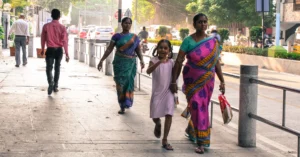To accelerate and scale up walking & cycling initiatives across the country, the Smart Cities Mission, Ministry of Housing and Urban Affairs, in partnership with ITDP India, Directorate of Urban Land Transport and Bengaluru Smart City, organised the first ‘Healthy Streets Capacity Building Workshop’ on 7th & 8th of July 2022.
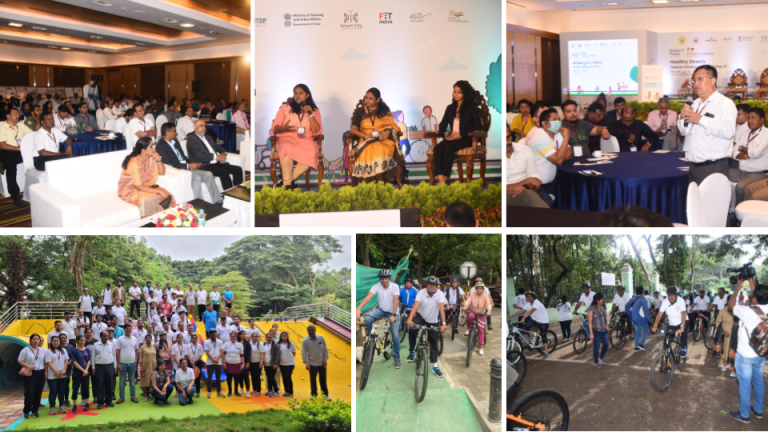
More than 100 City officials across 37 cities—consisting of CEOs & Engineers— participated from all over India. It was heartening to meet each other in person after a bout of online workshops owing to the pandemic.
The 2-day workshop focussed on how cities can create and scale up high-quality #streetdesign projects—through presentations, panel discussions with city officials, and site visits.
The workshop included sessions on building the foundation for institutional reforms, propelling action for permanent street transformation, and leveraging campaigns and outreach to build walking and cycling habits among citizens.
Find all the presentations and session recordings, right here in this blog!
Overview of 2023 Goals & Submission Timelines
With over 35 cities progressing into Stage 2 of the India Cycles4Change and Streets4People Challenges, and more than 50 cities signed up for Season 2, it is time to reflect on the pilot interventions done by cities have done so far and learn from them. In the introductory session, Aswathy Dilip shared the journey of front-runner cities that have demonstrated impactful implementation of Healthy Street pilot projects, and are now moving towards scaling up their efforts.
Aswathy also shed light on the six steps that have led to great streets in cities across the country, and even across the world:
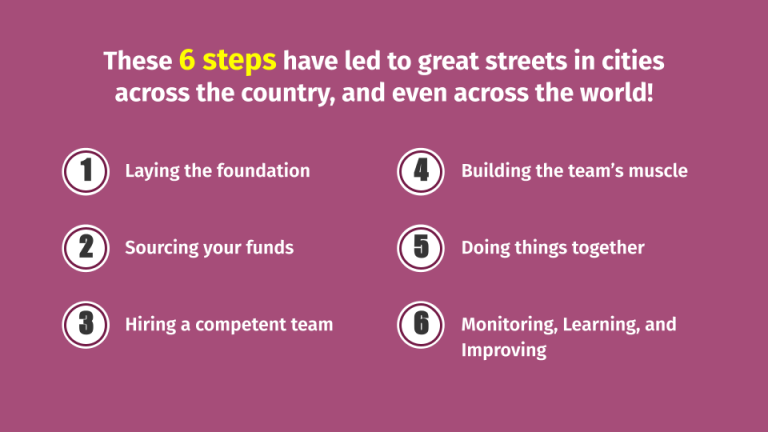
Cities are now marching towards the Healthy Streets, Healthy Cities: 2023 goals. Cities have proposed to complete over 2000kms of permanent street transformations by 2023, and are currently implementing nearly 1900kms.
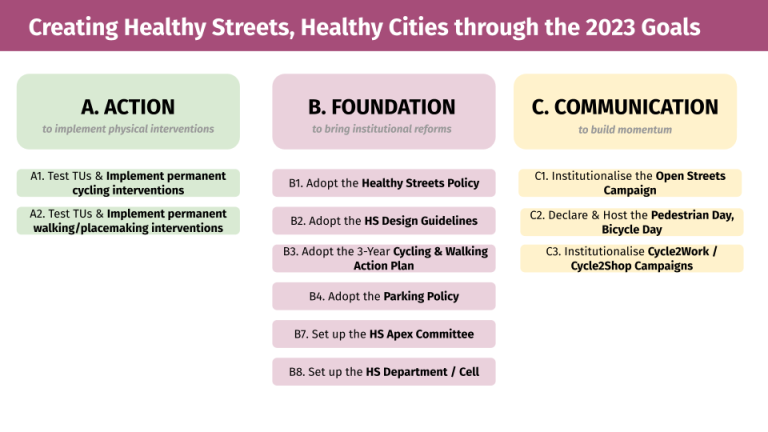
Importance of good street design: Do’s & Dont’s
View the presentation here
In the first knowledge sharing session, Pranjal Kulkarni highlighted that while scaling-up the street transformations in India, it is important to get the design and execution right.
Issues like poor design and details of footpaths, designs that lack an understanding of the local context, poor execution, poor material selection, lack of stakeholder coordination, and lack of enforcement, render the footpaths unusable—forcing people to walk on the carriageway. The session pointed out the need to implement Healthy Streets, that ensures everyone – be it an 8 year old or an 80 year old – can move safely and comfortably.
While creating Healthy Streets across the city, it is important to take up new streets, but also redesign streets that were previously executed.
Here are the next steps for cities to create Healthy Streets:
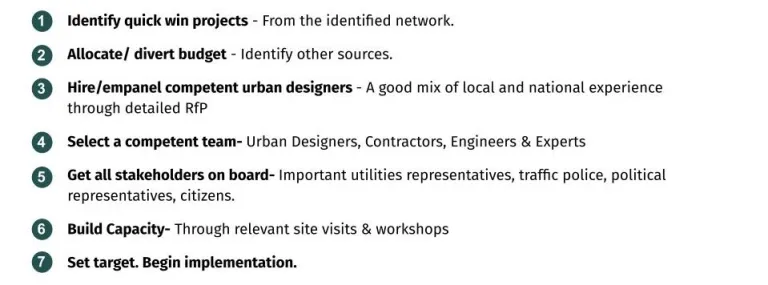
Relooking at project implementation & costs
View the presentation here
Discussion with three cities on their challenges & learnings on planning, design, implementation
Institutionalising campaigns to make walking and cycling a habit
Through the Challenges, more than 50 cities have conducted open street campaigns, tested on-ground interventions, and hosted cycle rallies towards nudging a walking and cycling habit among citizens. In her session, Kashmira Dubash emphasised the importance of institutionalising campaigns— as people need repeated positive experiences of walking and cycling, before changing their ingrained habit of using private motor vehicles.
Institutionalising campaigns puts in place a system to support the city in scaling up walking and cycling events as a recurring campaign. Regular campaigns ensure that citizens can experience their streets; embed mobility-related behavioural change; and demonstrate proof of concept.
Park it Right – Design, Pricing, Enforcement
Parking, if not planned, can reduce the usability of footpaths and cycle tracks, and unmanaged parking acts as a deterrent for people to walk and cycle. In his session, Parin Visariya highlighted the need to first manage on-street parking through design & pricing. This will automatically create a market for off-street parking, driven by the private sector.
In most Indian cities today, unmanaged parking often causes spot-level traffic jams, and on-street parking is often difficult to find in markets. Yet parking lots often lie vacant and private off-street parking remains under-utilised.
Cities can park it right through three key elements:
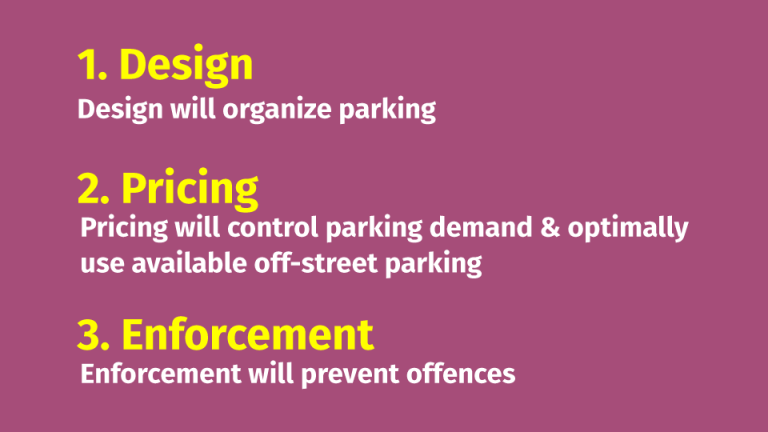
Bengaluru’s parking policy & parking management system
View the presentation here
View the presentation here
Learning from Bengaluru’s best practices
As part of the two-day workshop, officials from the Bengaluru Smart City gave an overview of their projects, and led site visits for participants to learn from the city’s street design projects and parking management system.
Participants unanimously echoed the value of learnings from on-ground experience and peer-to-peer learning through the workshop. Cities like Kochi, New Town Kolkata, Chandigarh are keen to adopt a parking policy and initiate an on-ground parking management system. Many cities have also expressed the need to hire good urban designers & planners as part of their teams, and onboard expert design consultants for the projects.
Written by: Sophiya Islam
Edited by: Aishwarya Soni
Recent Blogs
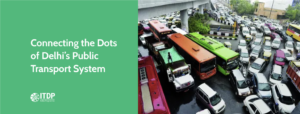
Connecting the Dots of Delhi’s Public Transport System
Find how the intricate network of Delhi’s public transport system and its ongoing efforts enhance connectivity, improve accessibility, and provide a seamless travel experience for millions of commuters in the bustling metropolis.”
Pune, Coimbatore and Chennai Selected as India’s ‘Smart Cities’
Pune, Coimbatore, and Chennai emerge as India’s Smart Cities, paving the way for sustainable urban development and innovative solutions. Explore their strategies and initiatives towards building smart and livable cities for the future.
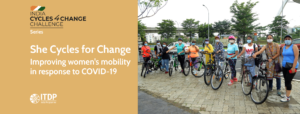
She Cycles for Change
Join us on a journey with inspiring women who are cycling for change. Discover their stories of empowerment, resilience, and how they are transforming cities by advocating for cycling as a sustainable mode of transport.
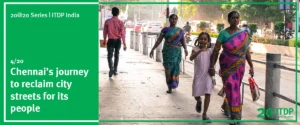
Chennai’s journey to reclaim city streets for its people
Chennai’s remarkable journey towards reclaiming city streets for its people. Uncover the inspiring initiatives and transformative efforts that are reshaping the urban landscape and prioritizing people-centered mobility.
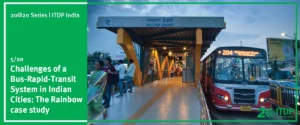
Challenges of a Bus-Rapid-Transit System in Indian Cities: The Rainbow case study
Learn from the Rainbow case study to understand the key considerations and solutions for building efficient and sustainable urban transportation systems.
Recent Blogs

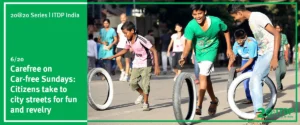
Carefree on car Free Sunday’s: Citizens take to city streets for Fun and Revelry
